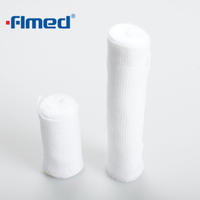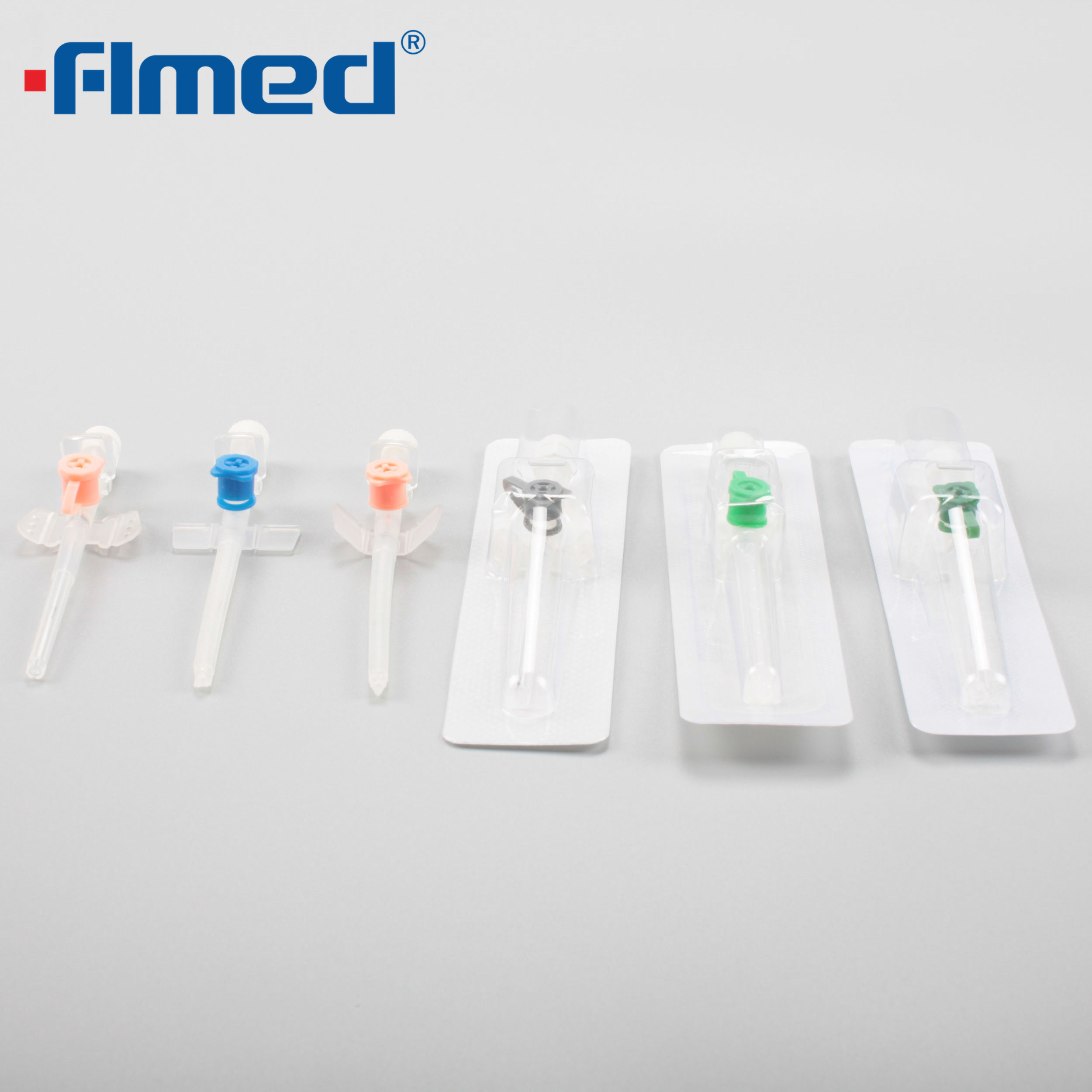In medical contexts, terms like "cannula" and "IV" (intravenous) are frequently used, often interchangeably, but they refer to distinct components and procedures. Understanding the differences between a cannula and an IV is crucial for healthcare professionals and patients alike. In this article, we will explore the distinctions between these two terms, their respective uses, and their importance in the field of medicine.
Defining the I.V Cannula
An I.V. Cannula, short for intravenous cannula, is a medical device designed for the insertion into a patient's vein to administer fluids, medications, or other treatments directly into the bloodstream. Here are the key aspects of an I.V. cannula:
Purpose: I.V. cannulas serve as a conduit for introducing substances into the patient's bloodstream, providing a reliable and efficient means of drug delivery, fluid replacement, or blood sampling.
Structure: An I.V. cannula consists of a thin, hollow tube typically made of materials like plastic, Teflon, or stainless steel. It may have a sharp or blunt tip for easy insertion into the vein.
Usage: Healthcare professionals use I.V. cannulas during various medical procedures, including surgeries, hospital stays, and outpatient treatments. They are essential for patients who require continuous infusion therapy or frequent blood tests.
Understanding the Intravenous (IV) Line
On the other hand, an Intravenous (IV) Line, often referred to as an IV, encompasses the entire system used for intravenous administration. It includes several components, of which the I.V. cannula is just one part. Here are the key aspects of an IV line:
Components: An IV line comprises the I.V. cannula (the part inserted into the vein), tubing, a fluid bag or container, and a flow regulator or pump. Some IV lines may also have additional components like a filter or extension set.
Purpose: The primary purpose of an IV line is to provide access to a patient's bloodstream for the administration of fluids, medications, blood products, or nutrients. It allows for the controlled delivery of these substances directly into the circulatory system.
Usage: IV lines are utilized in a wide range of clinical settings, from emergency rooms and surgical suites to hospital wards and outpatient clinics. They play a crucial role in patient care by ensuring the efficient and safe delivery of necessary treatments.
Key Differences Between a Cannula and an IV
To summarize the differences between a cannula and an IV:
Scope: An I.V. cannula is a specific component of an IV system used for venous access, while an IV encompasses the entire system, including the cannula, tubing, and other components.
Function: The primary function of an I.V. cannula is to provide access to the vein, while an IV system is responsible for delivering fluids and medications into the patient's bloodstream.
Components: An I.V. cannula is a single piece of equipment, whereas an IV system consists of multiple interconnected components.
In conclusion, understanding the difference between a cannula and an IV is vital for healthcare providers to ensure safe and effective patient care. While the I.V. cannula serves as the access point to the patient's vein, the IV system as a whole facilitates the controlled administration of fluids and medications. Both components are integral to various medical procedures and treatments, contributing to the delivery of optimal healthcare services.

 English
English


















